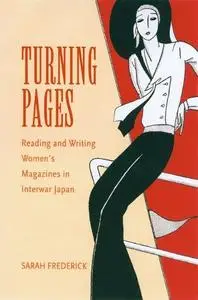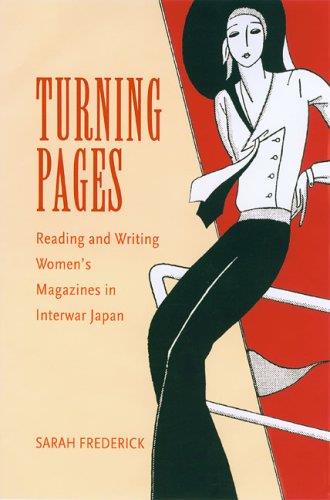Turning Pages: Reading And Writing Women's Magazines in Interwar Japan By Sarah Frederick
2006 | 251 Pages | ISBN: 0824829972 | PDF | 25 MB
2006 | 251 Pages | ISBN: 0824829972 | PDF | 25 MB
By the early 1920s, "ladies magazines" (fujin zasshi) had become a distinct category in Japanese publishing. Women’s periodicals increasingly influenced intellectual discourse, the literary establishment, and daily life. Turning Pages makes sense of this phenomenon through a detailed analysis of several interwar women’s magazines, including the literary journal Ladies’ Review, the popular domestic periodical Housewife’s Friend, and the politically radical magazine Women’s Arts. Through a close examination of their literature, articles, advertising, and art, the book explores the magazines as both windows onto and actors in this vibrant period of Japanese history.Turning Pages considers the central place of representations of women for women in the culture of interwar Japan and our understanding of Japanese modernity. Whether a magazine focused on "the modern girl," "the factory girl," "the woman writer," or "the housewife," the transformation of women’s lives depicted in its pages was central to Japan’s representation of its own modernity in the 1920s. Turning Pages demonstrates, too, the importance of such factors as editing, layout, and conditions of reception when interpreting the relationship between readers and mass media documents. Taking a holistic approach to the texts and using tools of historical, literary, and cultural analysis, the author examines the triangular relationship among consumers, producers, and the texts themselves.Women’s magazines in modern Japanese literature were significant not only for the opportunities they afforded women writers but also for their often underestimated institutional and financial support of the literary community as a whole. In the 1920s, a new generation of writers, among them Tanizaki Jun’ichirô and Satô Haruo, relied on the growing market of women readers and the magazines they read. This new medium came to play a major role in! discussions on how literary value, both aesthetic and political, should be determined, and Turning Pages demonstrates the importance of gender in how the literary world thought about genre categories and literary merit.This insightful and engaging book will be of interest to students of Japanese literature, women’s studies, and modern history.



